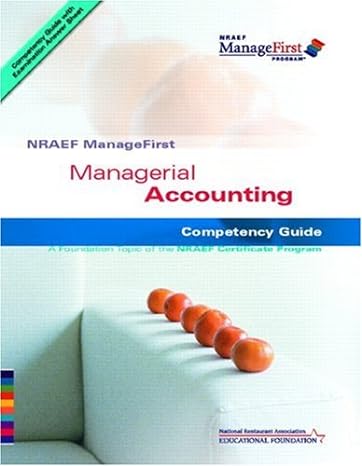Question
In April 1999, one of Capital Blue Crosss health-care insurance plans had been in the field for three years but hadnt performed as well as
In April 1999, one of Capital Blue Crosss health-care insurance plans had been in the field for three years but hadnt performed as well as expected. The ratio of premiums to claims payments wasnt meeting historic norms. In order to revamp the product features or pricing to boost performance, the company needed to understand why it was underperforming. The stakeholders came to the discussion already knowing they needed better extraction and analysis of usage data in order to understand product shortcomings and recommend improvements. After listening to input from the user teams, the stakeholders proposed three options. One was to persevere with the current manual method of pulling data from flat files via ad hoc reports and retyping it into spreadsheets. The second option was to write a program to dynamically mine the needed data from Capitals customer information control system (CICS). While the system was processing claims, for instance, the program would pull out up-to-the-minute data at a given point in time for users to analyze. The third alternative was to develop a decision support system to allow users to make relational queries from a data mart containing a replication of the relevant claims and customer data. Each of these alternatives was evaluated on cost, benefits, risks and intangibles. Questions 1. What are three costs, benefits, risks, and intangibles associated with each project? 2. Based on your answer to question 1, which project would you choose?
Step by Step Solution
There are 3 Steps involved in it
Step: 1

Get Instant Access to Expert-Tailored Solutions
See step-by-step solutions with expert insights and AI powered tools for academic success
Step: 2

Step: 3

Ace Your Homework with AI
Get the answers you need in no time with our AI-driven, step-by-step assistance
Get Started


